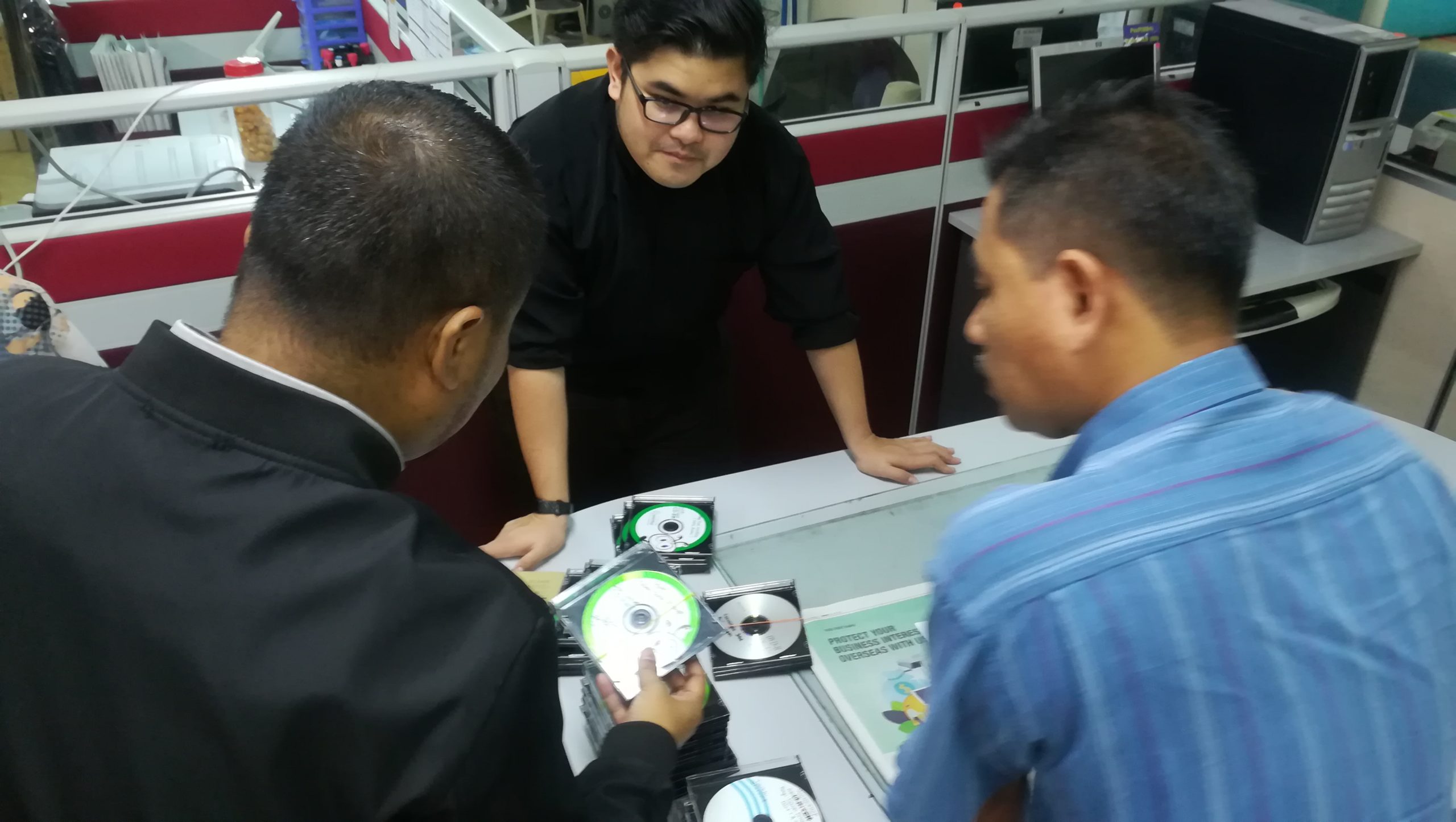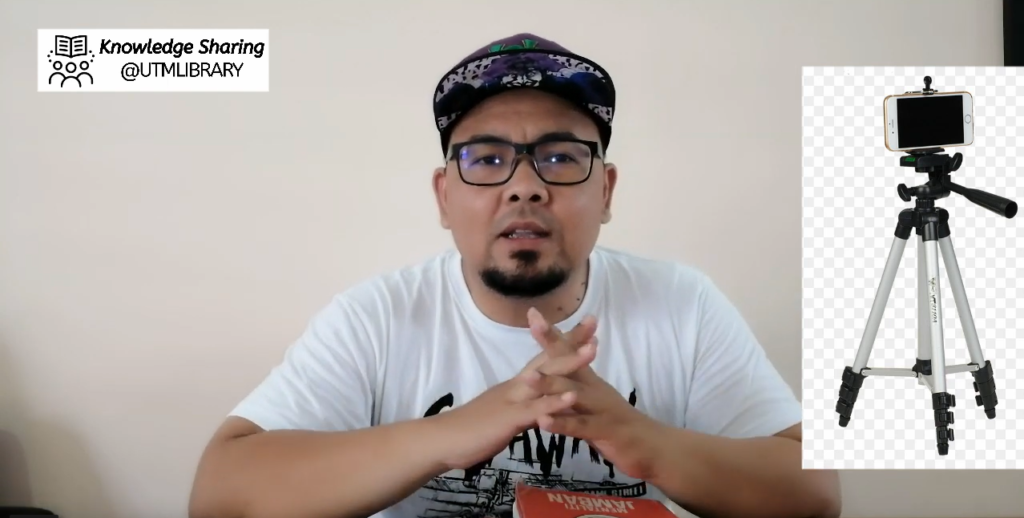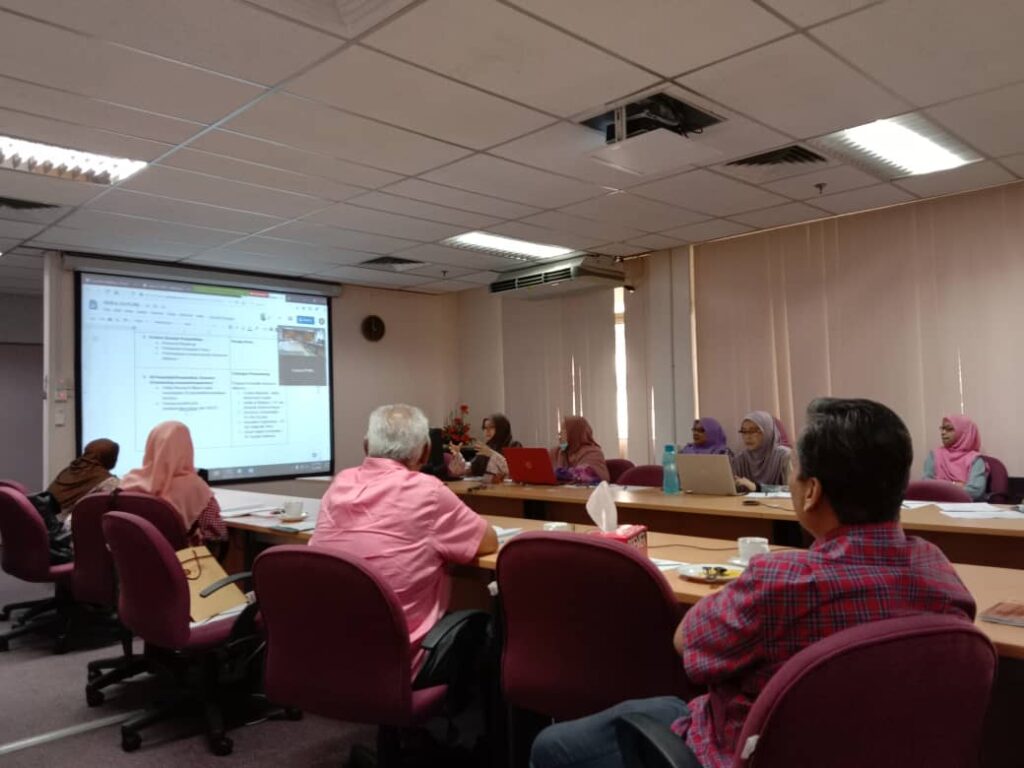1. Idea Generation
Case Study Focus: Researchers in psychology noticed increasing reports of anxiety and depression among teenagers. They wanted to investigate the potential link between social media use and mental health.
- Identifying the Research Gap: Although there was existing research on mental health, few studies specifically examined the impact of social media on adolescents.
- Research Question: The researchers formulated the question: How does social media usage affect the mental health of teenagers?
2. Planning and Designing the Research
Once the research question was established, the next step was planning and designing the study.
- Research Objectives: The researchers aimed to:
- Assess the correlation between social media usage and reported mental health issues among teenagers.
- Identify which aspects of social media (e.g., time spent, types of engagement) were most closely linked to mental health outcomes.
- Research Methodology: They chose a mixed-methods approach:
- Quantitative Data: Surveys were distributed to gather data on teenagers’ social media usage patterns and mental health symptoms.
- Qualitative Data: In-depth interviews were conducted with a smaller group of participants to explore personal experiences and feelings related to social media use.
- Ethical Considerations: They obtained informed consent from participants and their guardians, ensuring confidentiality and the right to withdraw from the study at any point.
3. Data Collection
The researchers began collecting data, which involved two main methods:
- Surveys: A standardized questionnaire was distributed to over 500 teenagers, measuring their social media habits and mental health using validated scales like the Depression Anxiety Stress Scales (DASS).
- Interviews: The researchers conducted semi-structured interviews with 30 teenagers to gain deeper insights into their feelings about social media.
4. Data Analysis
After collecting the data, the researchers proceeded to analyze it.
- Quantitative Analysis: They used statistical software (e.g., SPSS) to perform correlation and regression analyses, examining the relationship between social media usage and mental health scores.
- Qualitative Analysis: The interviews were transcribed and analyzed using thematic analysis to identify recurring themes, such as feelings of inadequacy and anxiety triggered by social media interactions.
5. Dissemination of Findings
Once the analysis was complete, the researchers disseminated their findings to reach various audiences.
- Research Report: A comprehensive report detailing the methodology, findings, and implications was prepared.
- Academic Publication: The study was submitted to a peer-reviewed journal specializing in psychology and mental health.
- Presentations: The researchers presented their findings at several conferences, focusing on the implications for mental health professionals and educators.
- Public Outreach: Key findings were summarized in accessible articles for parents and educators, emphasizing the importance of monitoring teenagers’ social media use.
Conclusion
The case study on the mental health effects of social media use among teenagers illustrates the entire research lifecycle, from idea generation through to dissemination. By following these structured stages, researchers can contribute valuable insights into pressing social issues, helping to inform policy, practice, and public understanding. Understanding this lifecycle is essential for anyone embarking on their research journey, ensuring that their work is systematic, ethical, and impactful.
Reference
Twenge, J. M., & Campbell, W. K. (2018). The age of anxiety: Social media use and mental health in adolescents. Journal of Adolescent Research, 33(6), 653-684.
Primack, B. A., Shensa, A., Sidani, J. E., et al. (2017). Social media use and perceived social isolation among young adults in the U.S. American Journal of Preventive Medicine, 53(1), 1-8.
Riehm, K. E., Holingue, C., Toohey, M., et al. (2019). Social media use and suicide risk among adolescents: A prospective study. Archives of Suicide Research, 23(4), 585-594.
Pew Research Center. (2021). Teens, social media & technology 2021.
Keles, B., McCrae, N., & Grealish, A. (2020). A systematic review: The impact of social media on mental health in adolescents. Children and Youth Services Review, 119, 105535.



















